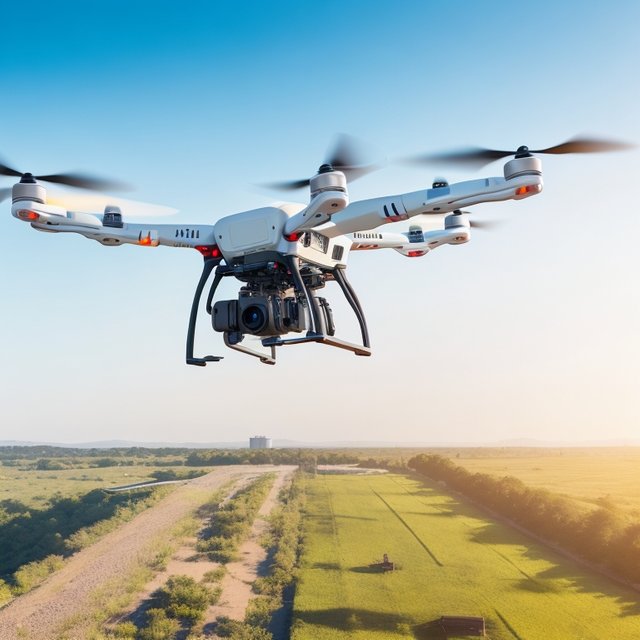In the realm of technology, autonomous drones have emerged as a game-changing innovation, revolutionizing industries and providing unprecedented aerial capabilities. These unmanned aircraft, equipped with cutting-edge technologies, are reshaping the way businesses operate, transforming data collection, and revolutionizing critical sectors. In this article, we will explore the transformative impact of autonomous drones and their applications in various industries, highlighting their potential to drive progress and create new opportunities from above.
- Unleashing Aerial Potential:
Autonomous drones, also known as unmanned aerial vehicles (UAVs), have unlocked the potential of the sky, enabling businesses and organizations to access aerial perspectives that were once out of reach. These drones can operate without direct human intervention, navigating through GPS waypoints, obstacle avoidance systems, and AI-driven algorithms. The ability to operate autonomously makes them versatile tools with numerous applications across industries.
- Agriculture:
One of the pioneering applications of autonomous drones is in agriculture, where they are transforming traditional farming practices. Equipped with advanced sensors and cameras, drones can survey large agricultural areas, capturing valuable data on crop health, moisture levels, and pest infestations. This data-driven approach allows farmers to make informed decisions, optimizing water usage, and targeted pesticide application. The result is increased crop yields, reduced resource wastage, and improved sustainability in the agriculture sector.
- Infrastructure Inspection:
Autonomous drones are revolutionizing infrastructure inspection, offering a safer, cost-effective alternative to manual inspections. They can access hard-to-reach areas, such as bridges, power lines, and pipelines, quickly and efficiently. Equipped with high-resolution cameras and thermal imaging sensors, drones can identify potential issues, such as structural damage or leaks, enabling timely maintenance and reducing the risk of accidents.
- Disaster Response:
During natural disasters and emergencies, autonomous drones are instrumental in providing real-time situational awareness. They can survey affected areas, assess damage, and identify survivors, assisting rescue teams in coordinating relief efforts. Drones equipped with thermal imaging can also locate heat signatures, aiding in search and rescue missions in challenging terrains.
- Delivery Services:
The concept of drone delivery is becoming a reality in various parts of the world. Companies are exploring the use of autonomous drones for last-mile deliveries, enabling quicker and more efficient delivery of goods. Drones can navigate urban landscapes and deliver packages to customers' doorsteps, reducing delivery times and easing traffic congestion.
- Environmental Monitoring:
Autonomous drones are valuable tools for environmental monitoring and conservation efforts. They can monitor wildlife populations, track deforestation, and assess the health of ecosystems. The data collected by these drones aids researchers and conservationists in making informed decisions to protect biodiversity and preserve fragile ecosystems.
- Future Prospects and Challenges:
As autonomous drone technology continues to evolve, there are exciting prospects for further advancements and applications. Drones with longer flight endurance, increased payload capacity, and improved AI-driven navigation will expand their capabilities.
However, the widespread adoption of autonomous drones also presents challenges. Regulatory frameworks must be established to govern drone operations, ensuring safety, privacy, and airspace management. Moreover, public acceptance and trust in autonomous drone technology are essential for its successful integration into society.
Conclusion:
Autonomous drones are ushering in a new era of aerial exploration and innovation, transforming industries and driving progress from above. With applications in agriculture, infrastructure inspection, disaster response, delivery services, environmental monitoring, and more, autonomous drones are revolutionizing the way we approach critical tasks. As we embrace this transformative technology, it is crucial to strike a balance between innovation and responsible use, ensuring that autonomous drones contribute positively to society, protect the environment, and enhance human lives. With careful planning, collaboration, and responsible governance, the potential of autonomous drones to revolutionize industries and create a more efficient and sustainable future is vast.
